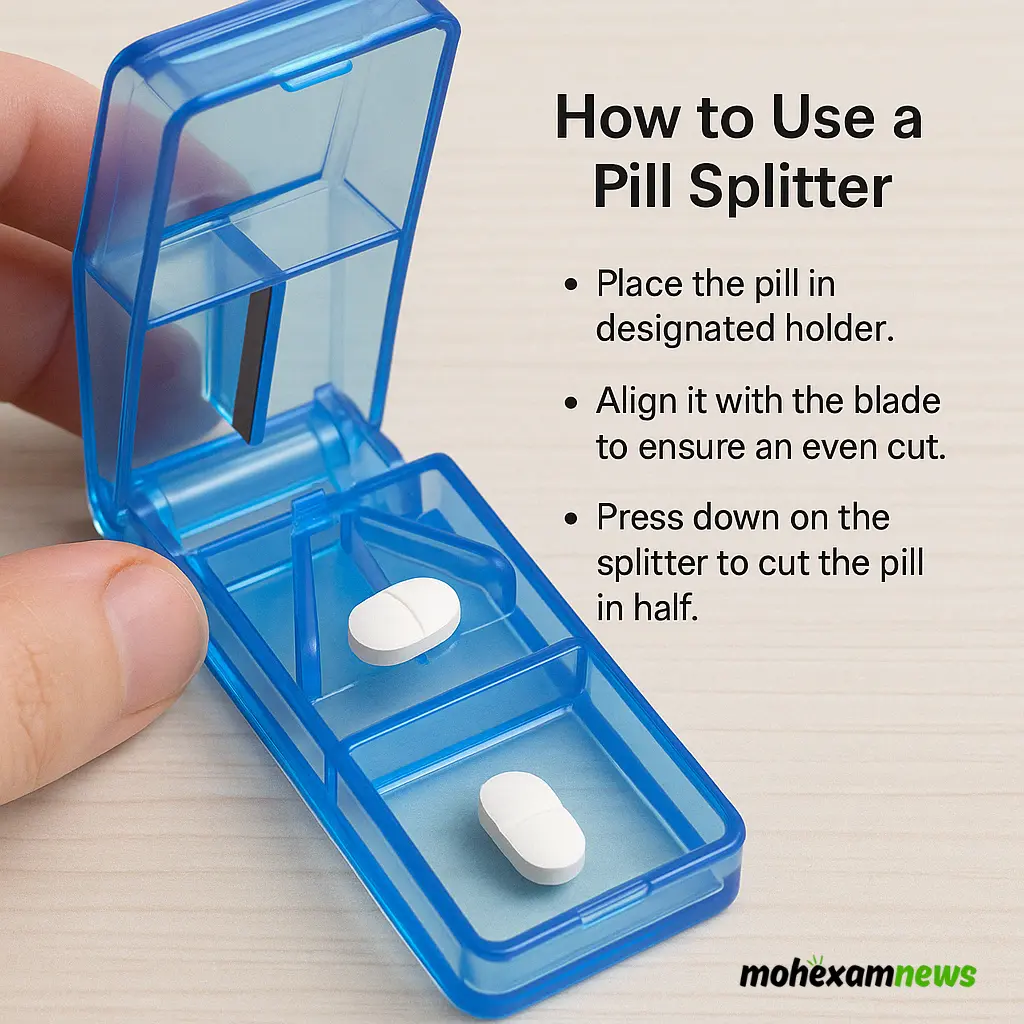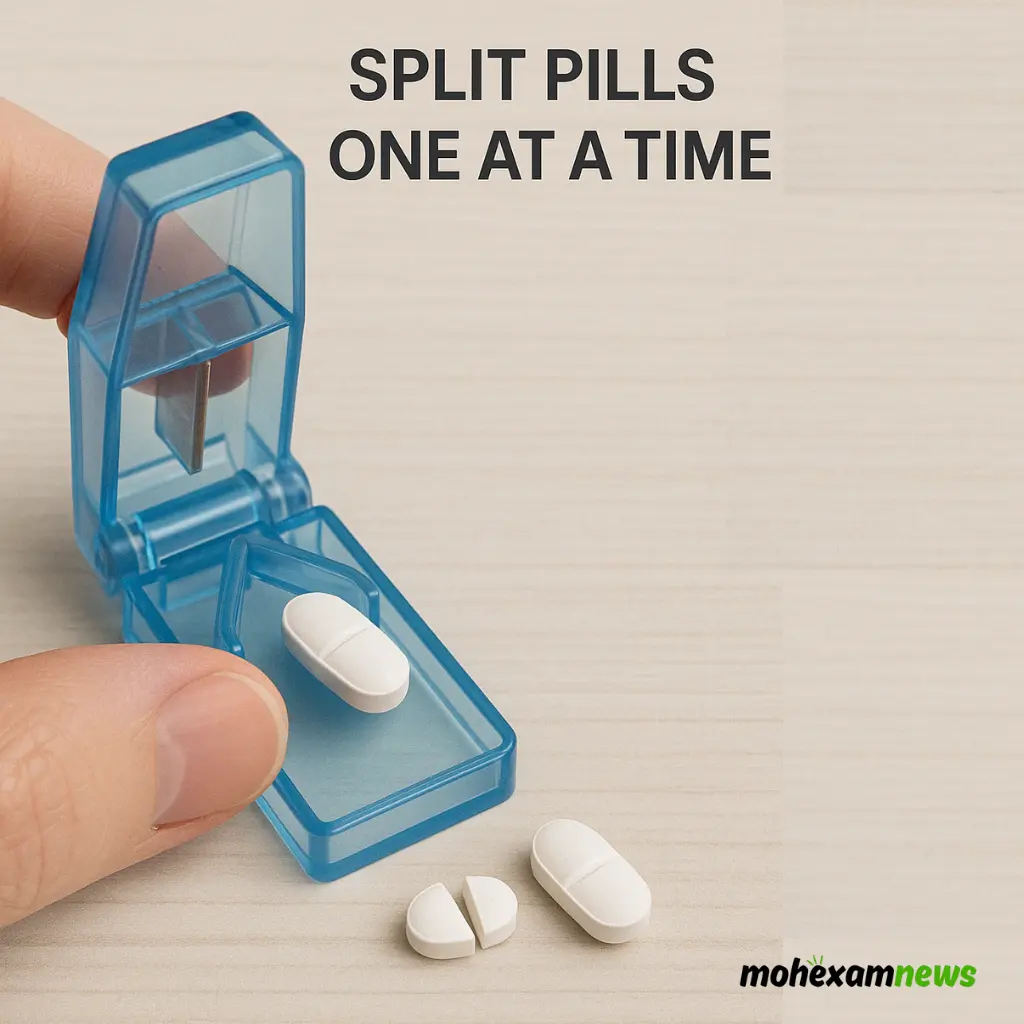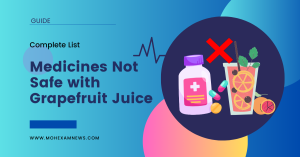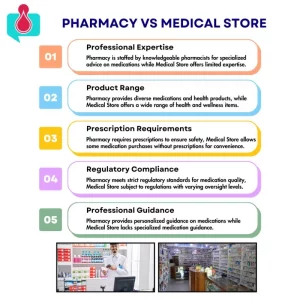5 Smart Ways to Split Pills
Pill splitting is a common practice for patients looking to save money, adjust dosages, or make medications easier to swallow. While splitting pills can be beneficial when done correctly, it’s important to use proper techniques and follow safety guidelines. Here are five effective methods for splitting pills safely and accurately.
Why People Split Pills
People split pills for several reasons:
- Cost savings: Higher-strength pills often cost the same as lower-strength ones, so splitting can reduce prescription costs.
- Dosage adjustments: Doctors may recommend splitting to achieve a specific dosage.
- Swallowing difficulties: Smaller pieces are easier to swallow.
- Dosage flexibility: Splitting allows for more precise adjustments.
However, not all pills are safe to split, so always check with your healthcare provider first.

1. Use a Pill Splitter
A pill splitter is the most accurate and safest tool for dividing pills. These devices have a holder and a blade designed specifically for cutting tablets.
How to use a pill splitter:
- Place the pill in the holder.
- Align the pill’s score line (if present) with the blade.
- Close the splitter and press firmly.
- Take one half as directed and store the other half properly.
Pill splitters are inexpensive and available at most pharmacies.
2. Split Only Scored Pills

Scored pills have a line down the middle, indicating they’re designed to be split. This helps ensure each half contains an equal amount of medication.
Best practices:
- Only split along the score line.
- Use a pill splitter for accuracy.
- Check both halves to make sure they’re similar in size.
Always confirm with your pharmacist or doctor that your medication is safe to split, even if it’s scored.
3. Split Pills One at a Time

Split pills only as you need them, rather than splitting your entire supply at once. Many medications can degrade when exposed to air, heat, or moisture after being split.
Benefits:
- Maintains potency and effectiveness.
- Ensures consistent dosing.
- Reduces risk of medication breakdown.
4. Store Split Pills Properly

If you need to store split pills, do so carefully to maintain their effectiveness.
Storage tips:
- Use a sealed container or pill organizer.
- Keep away from light, heat, and moisture.
- Label the container clearly.
- Use split pills promptly and discard any that show signs of deterioration.
5. Consult Your Healthcare Professional

The most important step is to talk to your doctor or pharmacist before splitting any medication.
Why consult a professional?
- Not all medications are safe to split (e.g., extended-release, enteric-coated, capsules).
- Some medications can lose effectiveness or become unsafe if split.
- Your provider can recommend the best approach for your specific medications.
Medications often safe to split (with approval):
- Certain cholesterol, depression, diabetes, and blood pressure medications.
- Some pain relievers like aspirin or acetaminophen.
Medications never to split:
- Extended or time-release tablets
- Enteric-coated pills
- Capsules
- Chemotherapy drugs
- Contraceptives
- Anticoagulants
- Most seizure medications
Pill splitting can be a safe and effective way to manage medication costs and dosages when done correctly. Always use a pill splitter, choose scored pills, split one at a time, store properly, and most importantly consult your healthcare provider before starting. Not all pills are safe to split, so professional advice is essential to avoid health risks and ensure you get the full benefit of your medication.






